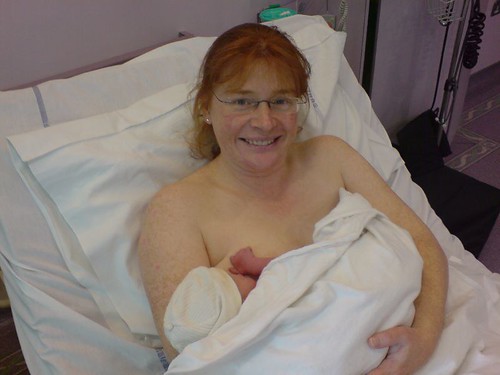Complaints
The following are complaints that may occur during pregnancy:
- Back pain. A particularly common complaint in the third trimester when the patient's center of gravity has shifted.
-
- Constipation. A complaint that is caused by decreased bowel motility secondary to elevatedprogesterone (normal in pregnancy), which can lead to greater absorption of water.
-
- Braxton Hicks contractions. Occasional, irregular, and often painless contractions that occur several times per day.
-
- Edema (swelling). Common complaint in advancing pregnancy. Caused by compression of the inferior vena cava (IVC) and pelvic veins by the uterus leads to increased hydrostatic pressure in lower extremities.
-
- Regurgitation, heartburn, and nausea. Common complaints that may be caused by Gastroesophageal Reflux Disease (GERD); this is determined by relaxation of the lower esophageal sphincter (LES) and increased transit time in the stomach (normal in pregnancy)
-
- Haemorrhoids.
Complaint that is often noted in advancing pregnancy. Caused by
increased venous stasis and IVC compression leading to congestion in
venous system, along with increased abdominal pressure secondary to the
pregnant space-occupying uterus and constipation.
-
- Pelvic girdle pain.
A common complaint is pain, instability or dysfunction of the symphysis
pubis and/or sacroiliac joints resulting from either excess strain or
injury (such as Diastasis symphysis pubis) during the course of the pregnancy or birthing process.
-
- Increased urinary frequency. A common complaint referred by the gravida, caused by increased intravascular volume, elevated GFR (glomerular filtration rate), and compression of the bladderby the expanding uterus.
-
- Varicose veins. Common complaint caused by relaxation of the venous smooth muscle and increased intravascular pressure.
